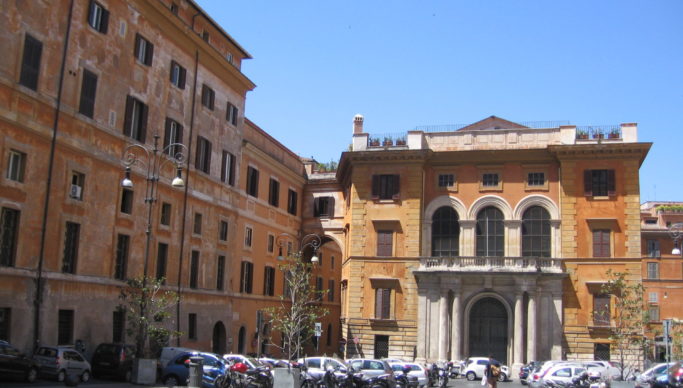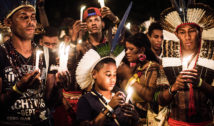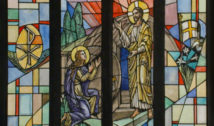
Research Confirms Sheltering of Jews in Catholic Convents During Nazi Occupation of Rome
- By Erick Schenkel --
- 12 Sep 2023 --
Newly uncovered documentation reveals that Catholic convents and monastic communities in Rome provided refuge to numerous people, including more than 3,200 Jews, throughout the Nazi occupation of Rome during World War II.
During an academic workshop held September 7 at the Museum of the Shoah, located in Rome’s primary synagogue, representatives from the Pontifical Biblical Institute, Israel’s Yad Vashem International Institute for Holocaust Research, and Rome’s Jewish community jointly disclosed that over 4,300 individuals found refuge in the facilities of 100 women’s and 55 men’s Catholic religious orders.
The shelter began September 10, 1943, with the Nazi occupation of Rome, and continued until June 4, 1944, when the Allies liberated Italy’s capital. The findings include the identities of 3,600 people whose names are being withheld to safeguard the privacy of both the individuals and their descendants.
The Catholic-Jewish joint statement noted that research conducted in the archives of Rome’s Jewish community strongly suggests that 3,200 of those sheltered were indeed Jewish. AP correspondent Nicole Winfield
reports, “it is known where they were hidden and, in certain circumstances, where they lived before the persecution. The documentation thus significantly increases the information on the history of the rescue of Jews in the context of the Catholic institutions of Rome.”
The records were found within the archives of the Biblical Institute, an institution associated with the Pontifical Gregorian University in Rome, administered by the Jesuit order. The documentation was meticulously assembled by Father Gozzolino Birolo, an Italian Jesuit, between June 1944 and the spring of 1945, the Catholic News Agency reports.
The number of Jews sheltered this way was previously documented in a somewhat vague manner, with only general details and figures mentioned, in The Jews in Fascist Italy: A History, a 1961 book by Italy’s leading historian of the era, Renzo de Felice.
There is uncertainty regarding the religious affiliations of the Jews mentioned in the list, particularly whether any of them had undergone baptism, according to the AP article. Recently accessible Vatican archives from the papacy of Pius XII indicate that the Vatican made greater efforts to protect Jews who had converted to Catholicism or were the offspring of Catholic-Jewish mixed marriages, as outlined in the 2022 book, The Pope at War, by David Kertzer, an anthropologist from Brown University.



















